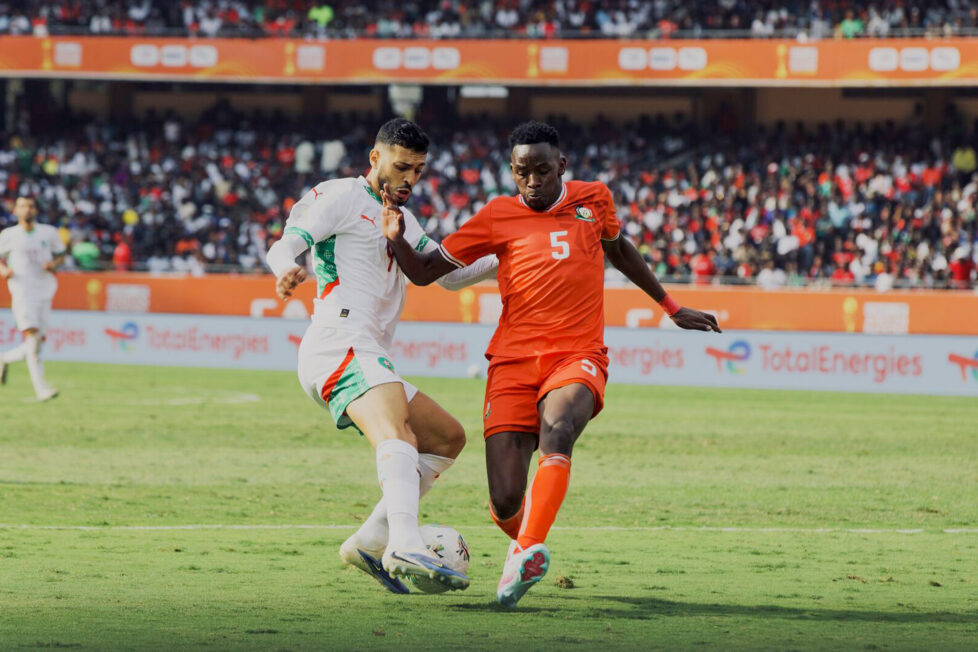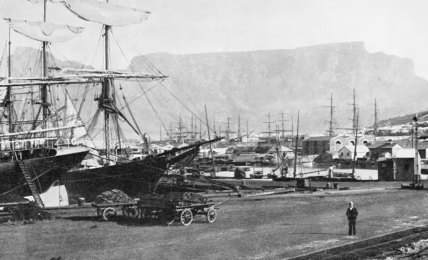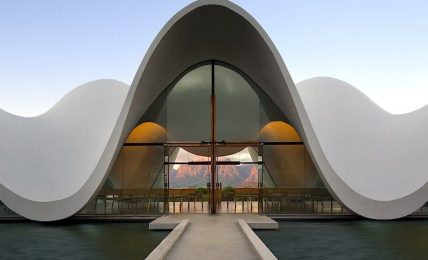East Africa’s upgraded stadiums spark a robust vision for sports tourism
Co-hosted by Kenya, Uganda, and Tanzania, the 2024 African Nations Championship (CHAN) convenes Africa’s most skilled footballers to East African pitches. The tournament has catalyzed a reimagining of sports tourism and infrastructure in East Africa.








